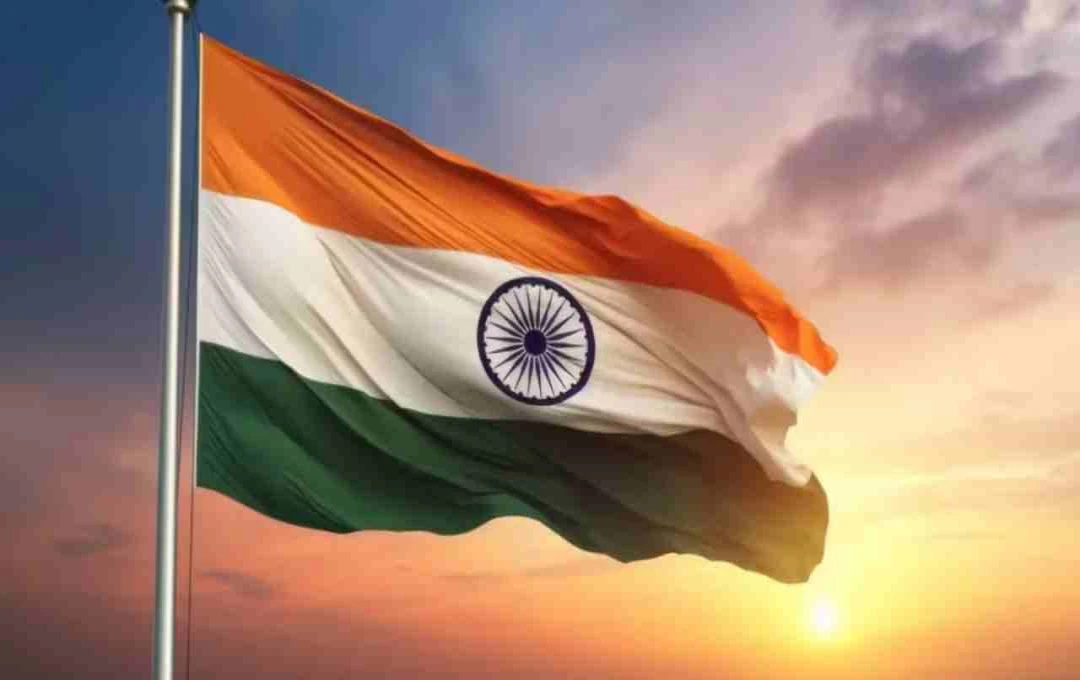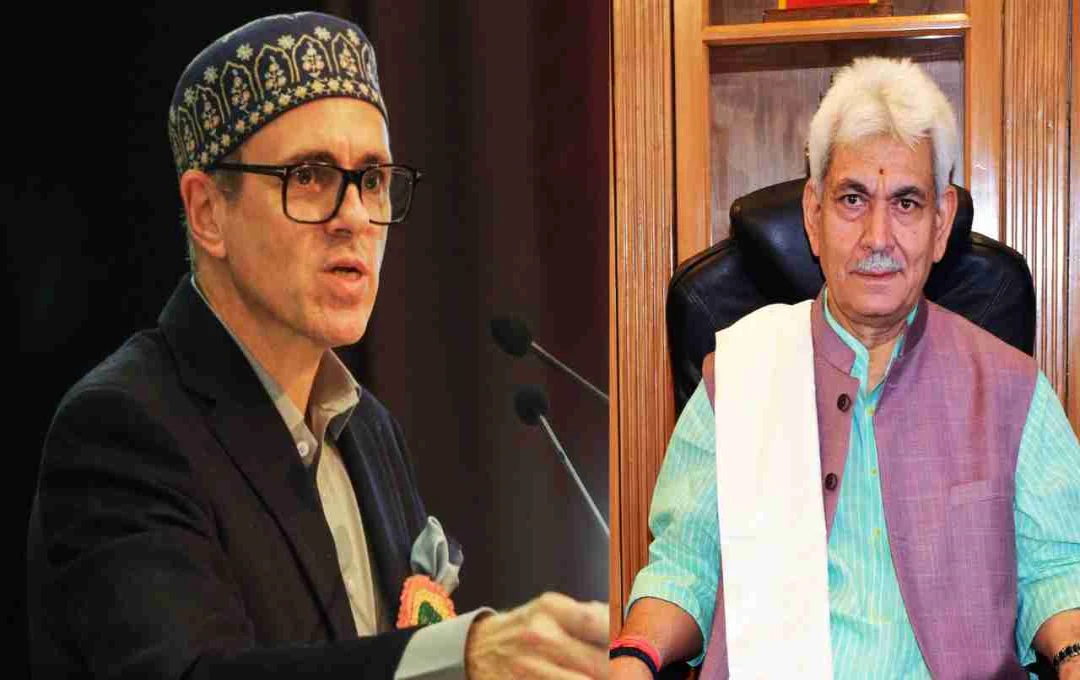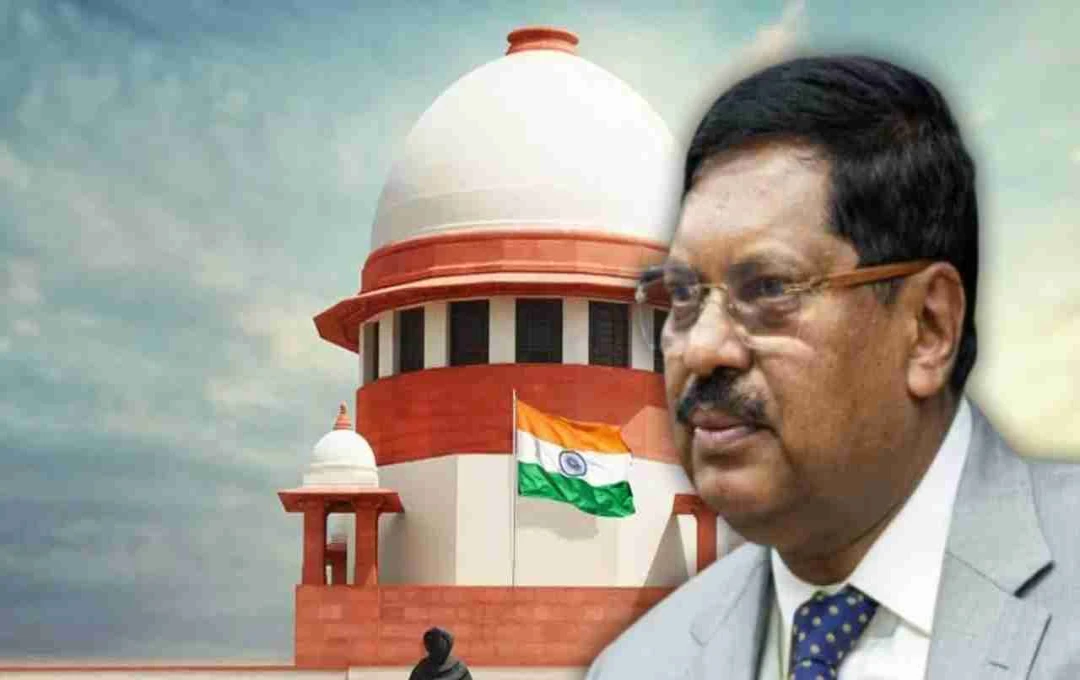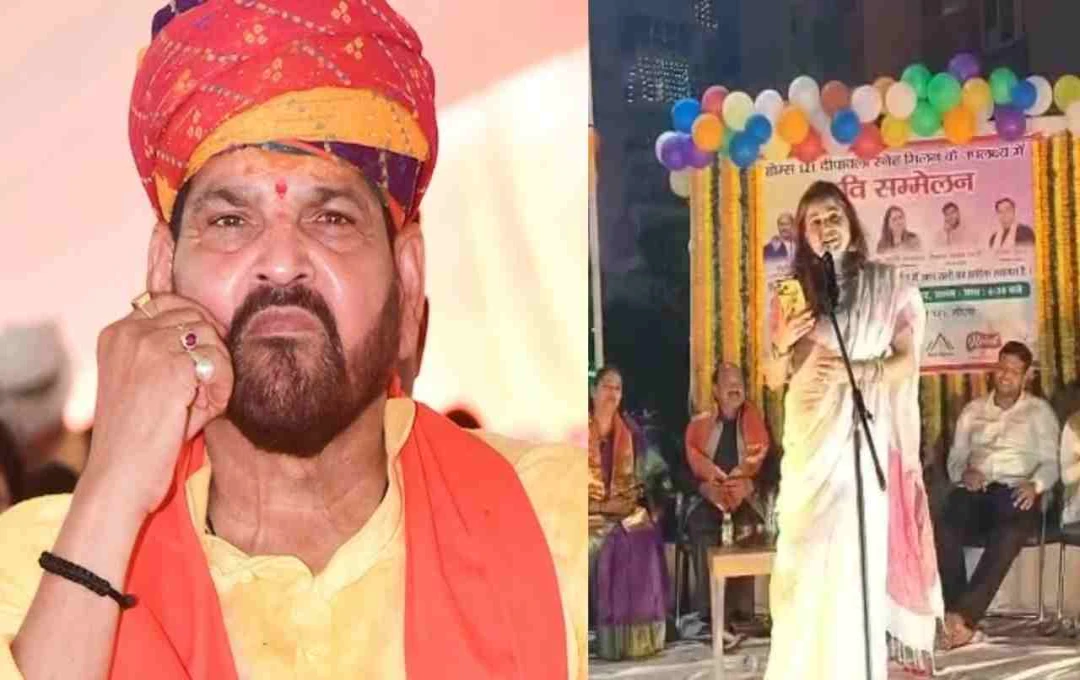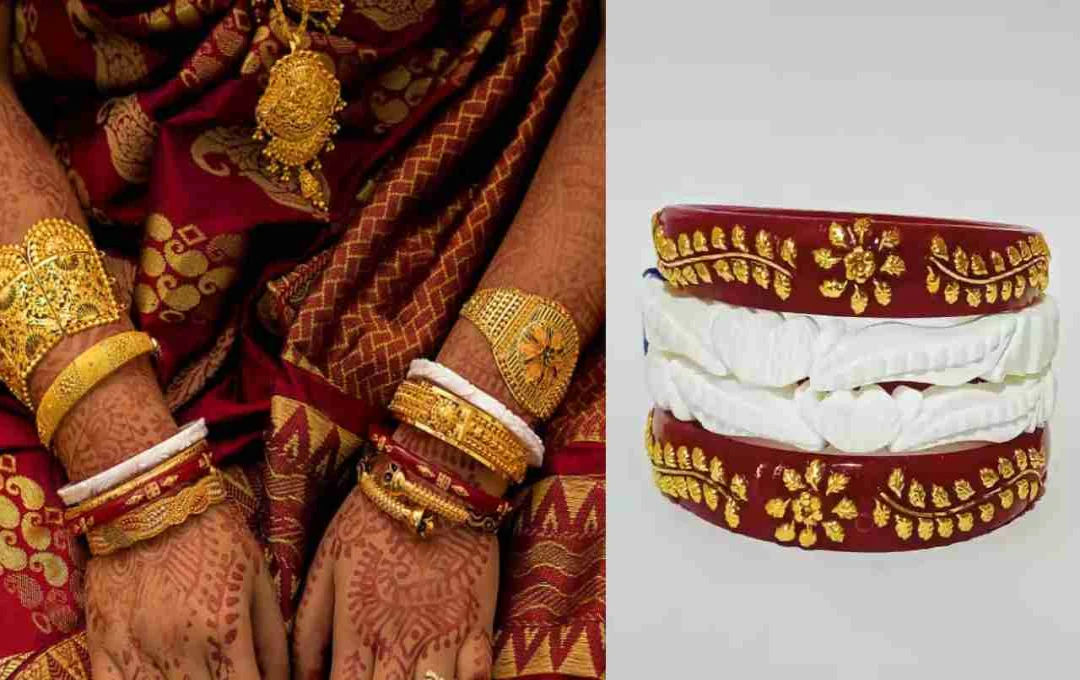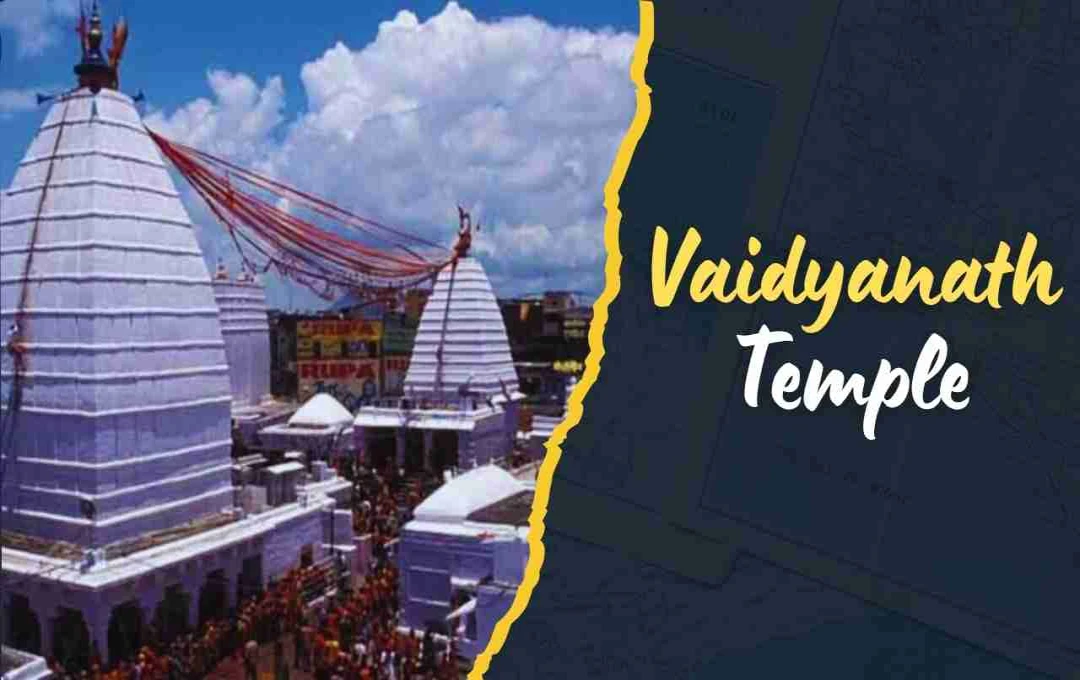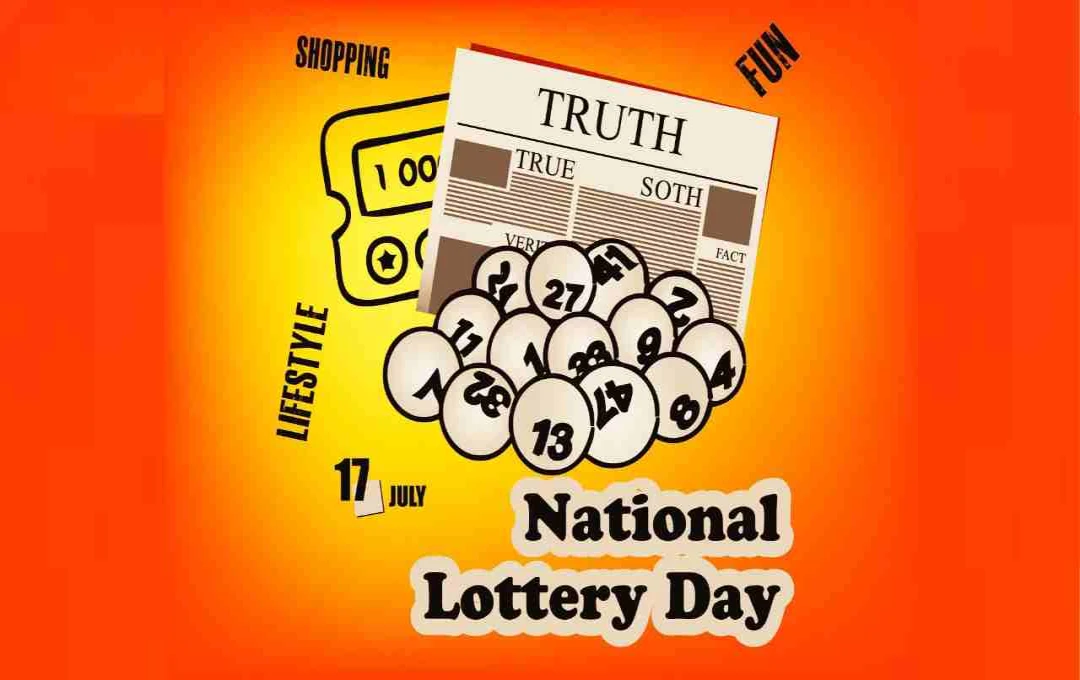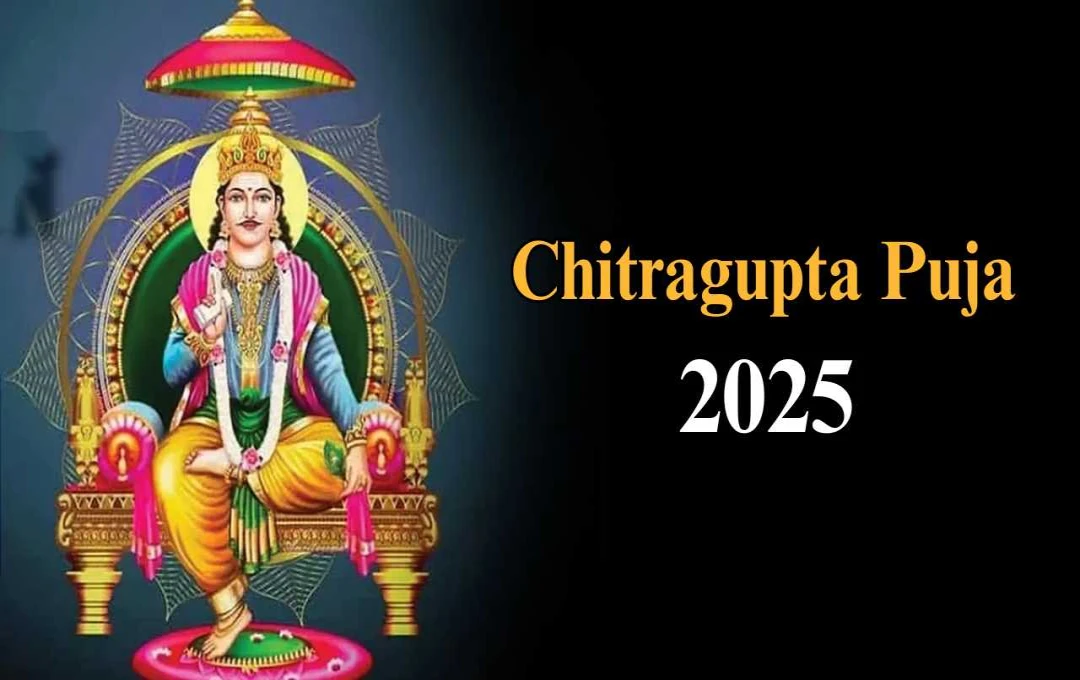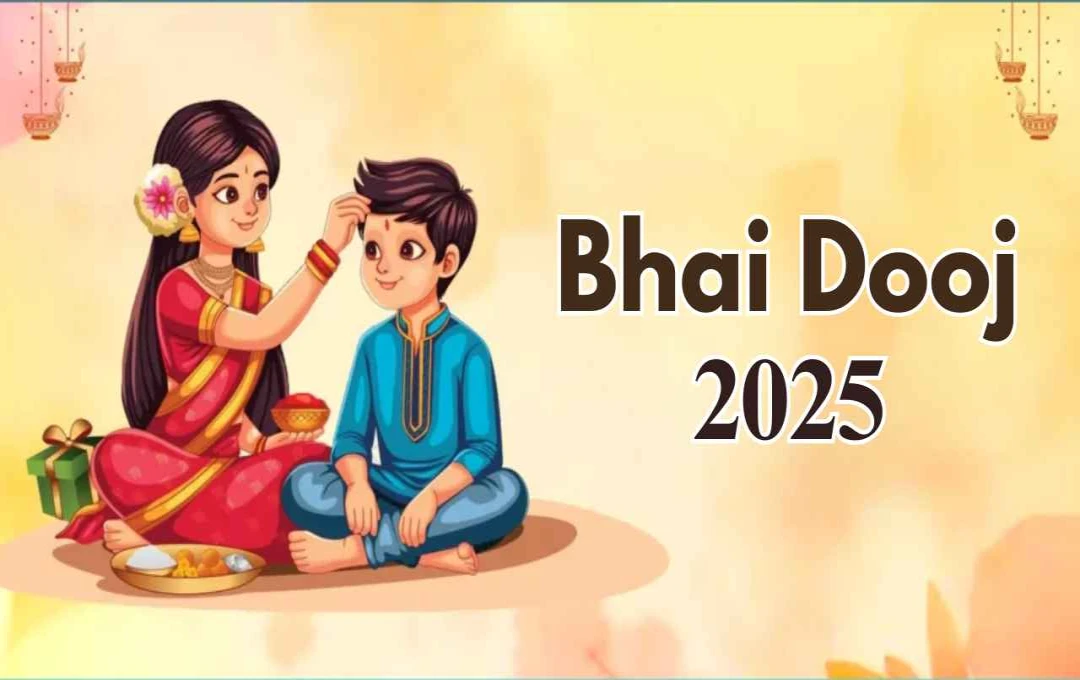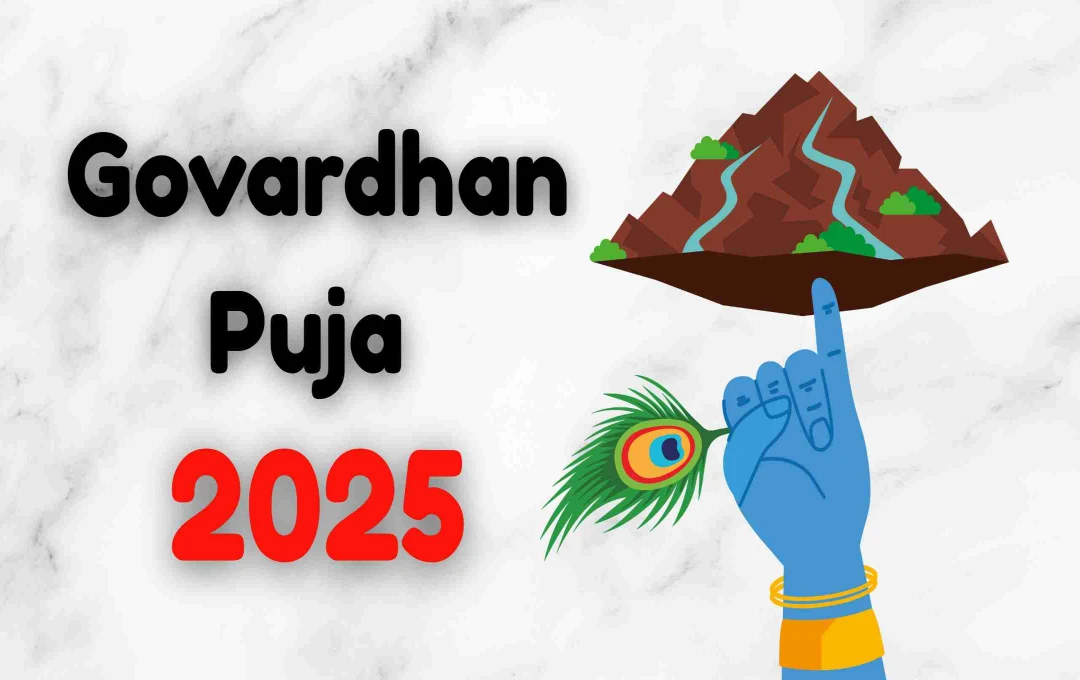The national flag of India, the Tiranga (Tricolour), symbolizes the country's sovereignty, integrity, and freedom. Whenever it flutters in the wind, every Indian's pride and respect are emotionally connected, especially on special occasions like Independence Day, such as August 15, 2025. As India proudly hoists the national flag Tiranga on Independence Day 2025, it is fascinating to know the transformations the Tiranga underwent before reaching its final form. The Tiranga, which is our pride and identity today, is the result of many historical events and inspiring personalities.
Tiranga: Symbol of India's Identity and Glory
The national flag of India, commonly known as the Tiranga, is not only a symbol of independence but also represents the spirit of unity, diversity, and democracy. Its three coloured bands and the Ashoka Chakra in the middle carry a profound cultural and historical message.
The Birth of Tiranga: A Long Historical Process
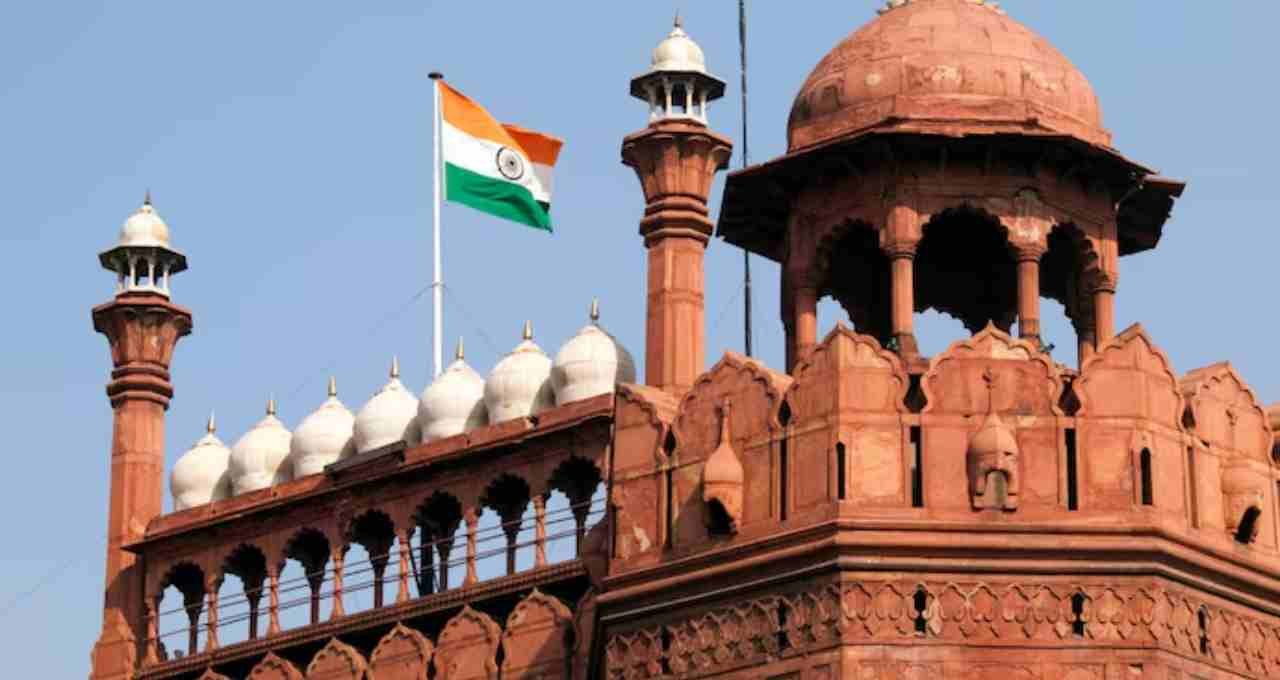
Before the Tiranga took its present form, a total of 7 major designs emerged between 1904 and 1947. Each design reflected a specific phase and ideology of the freedom struggle.
- The First Flag of 1904 – Sister Nivedita's Design: This flag was designed by Sister Nivedita, an Irish woman and disciple of Swami Vivekananda. It included symbols such as the lotus, Vande Mataram, and the Vajra.
- 1906 – Flag Hoisted at Parsee Bagan, Kolkata: This flag was hoisted on August 7, 1906, at Parsee Bagan (Green Park), Kolkata. It featured three colours – green, yellow, and red – along with images of the lotus, the sun, and the moon. 'Vande Mataram' was inscribed on the yellow strip.
- 1907 – Tiranga by Bhikaji Cama in Paris: Madam Bhikaji Cama hoisted this flag in Paris. It symbolically represented the Saptarishi (seven great sages) as seven stars. It became a symbol of the international resonance of India's independence.
- 1917 – Flag of Annie Besant and Bal Gangadhar Tilak: This flag was hoisted during the Home Rule Movement. It used five red and four green horizontal stripes, along with the Union Jack and symbols like the crescent moon and the sun.
- 1921 – Flag of Pingali Venkayya: Pingali Venkayya, considered the principal ideologue of flag design, presented this flag to Mahatma Gandhi. It included red, green, and white colours, with a charkha (spinning wheel) in the middle – symbolizing India's indigenous policy.
- 1931 – The Tricolour with Saffron, White, and Green: In 1931, this tricolour flag with the spinning wheel emerged. The red colour was changed to saffron to make it a secular and broadly representative symbol.
- 1947 – The National Flag in its Present Form: On July 22, 1947, the Constituent Assembly adopted the Tiranga as the official national flag of India. The Ashoka Chakra replaced the spinning wheel, inspired by Emperor Ashoka's Dharma Chakra. This chakra symbolizes justice, progress, and continuous movement.
What do the Three Colours of the Tiranga Mean?
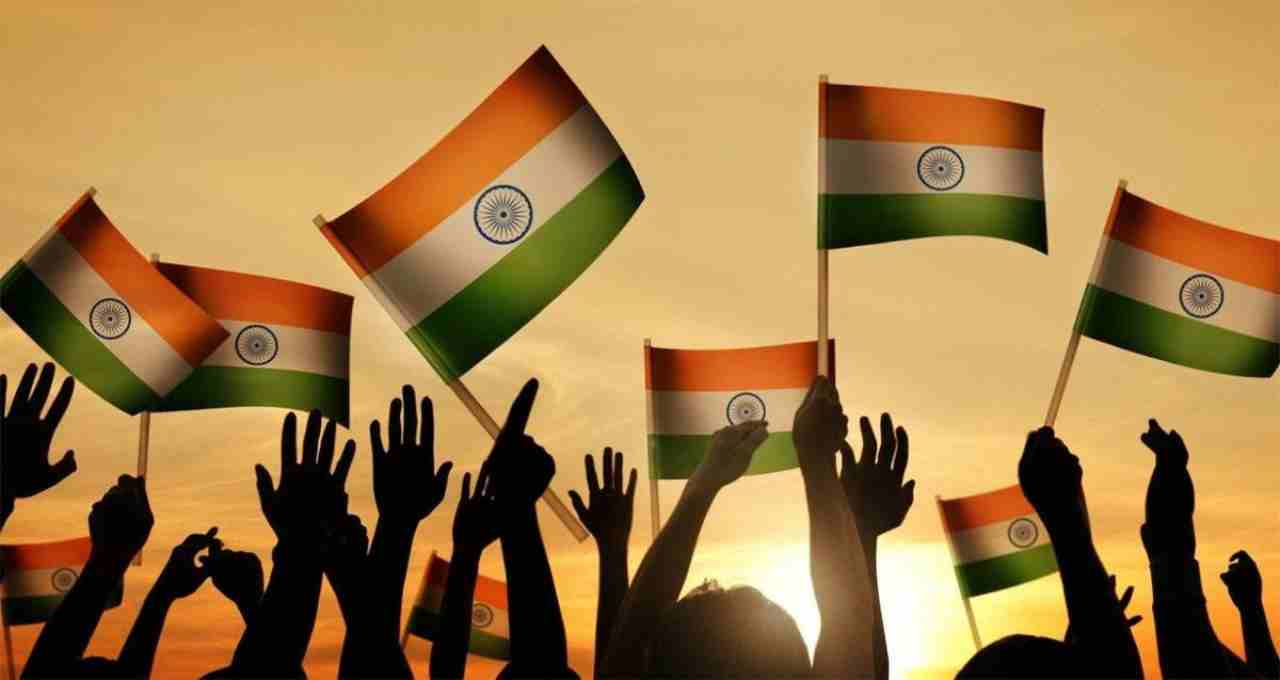
- Saffron (Upper Band) – Symbolizes courage, sacrifice, and strength
- White (Middle Band) – Symbolizes peace, truth, and transparency
- Green (Lower Band) – Symbolizes greenery, growth, and prosperity
Ashoka Chakra (in blue with 24 spokes) – Symbolizes time, dharma, and the continuity of life
Some Interesting Facts About the Tiranga
Bhikaji Cama was the first woman to hoist the Indian flag on an international platform. The current design of the Tiranga was presented by Pingali Venkayya from Karnataka. Under the Indian Flag Code, every citizen has the right to hoist the Tiranga, but certain guidelines have been established for this. India's Tiranga is not just a combination of three colours and a chakra, but a vibrant symbol of the country's unity, sacrifice, peace, and prosperity.
On the occasion of Independence Day 2025, when you hoist the Tiranga, be sure to remember the historical and emotional journey behind it. This flag reminds us of the millions of sacrifices made by those who gave their lives to liberate India.
